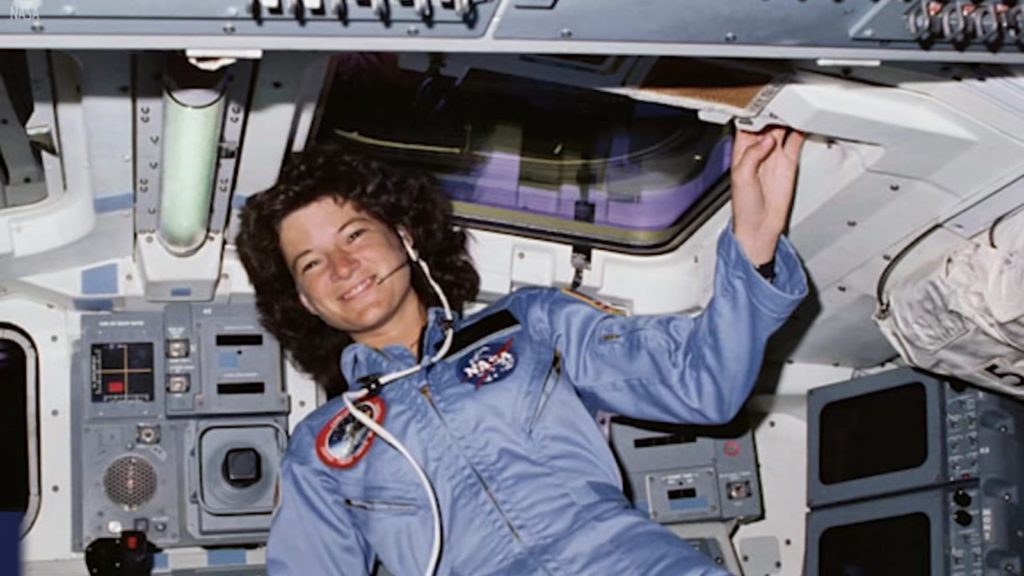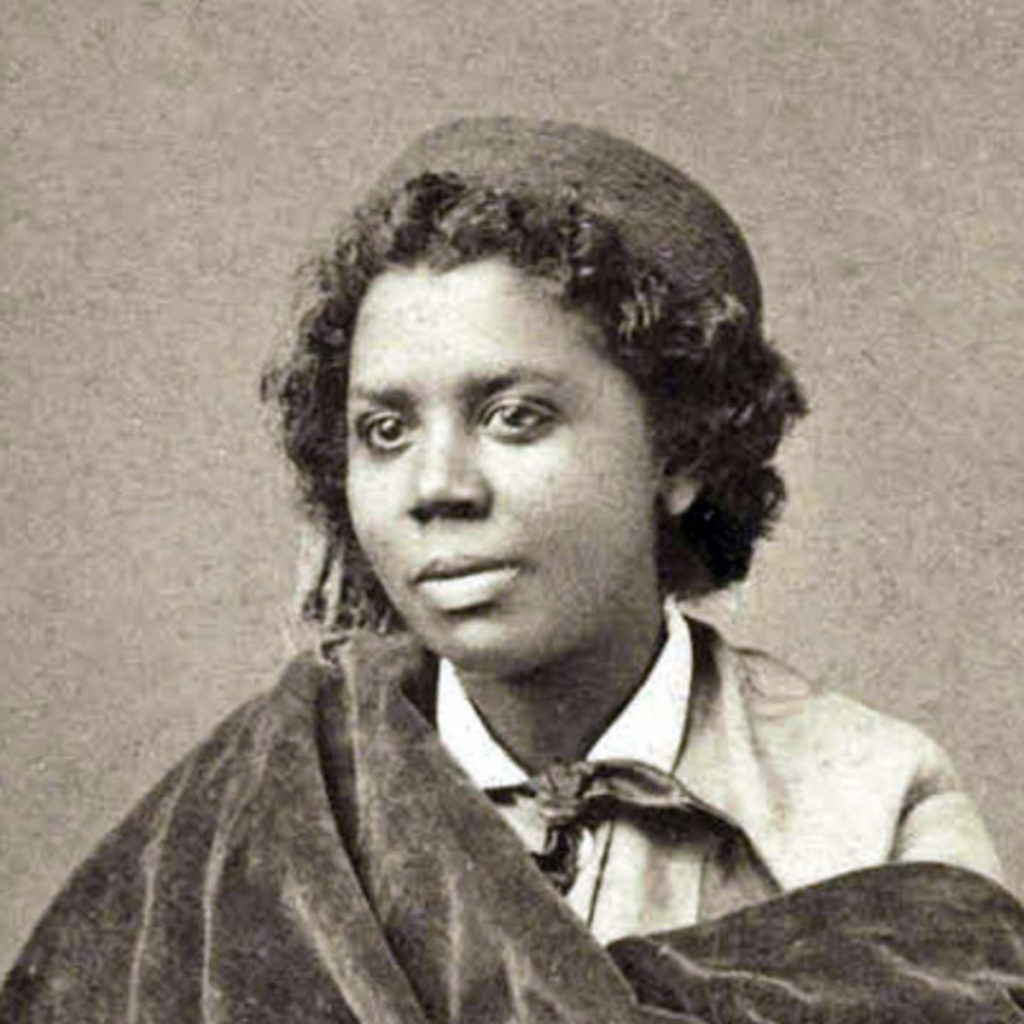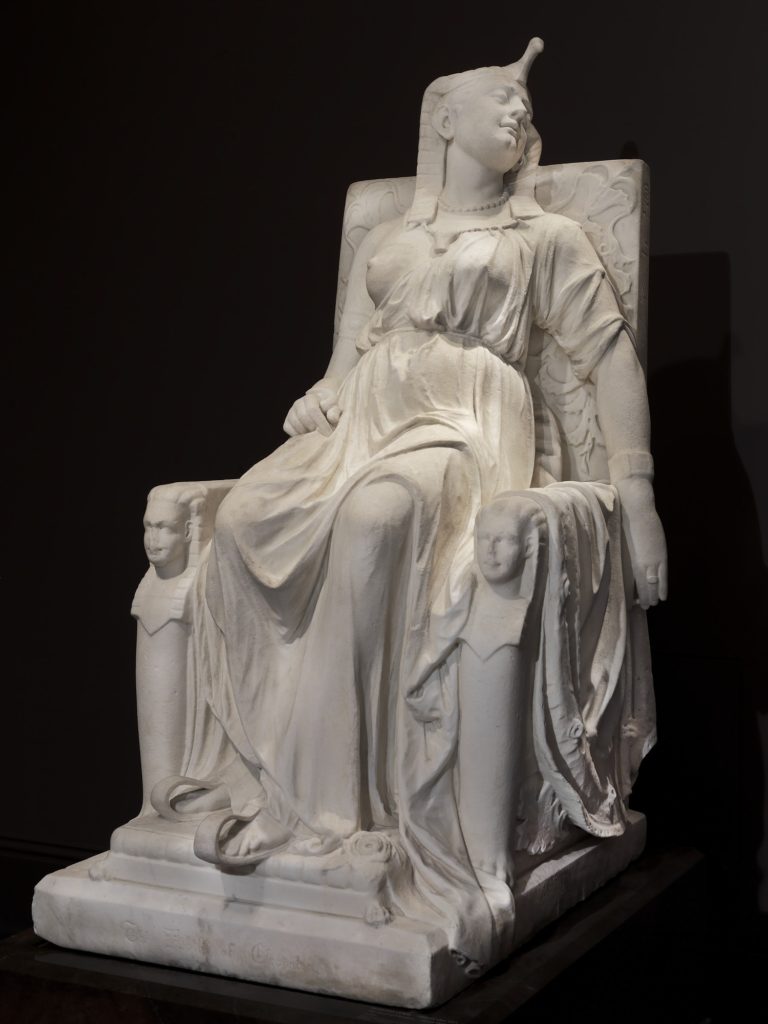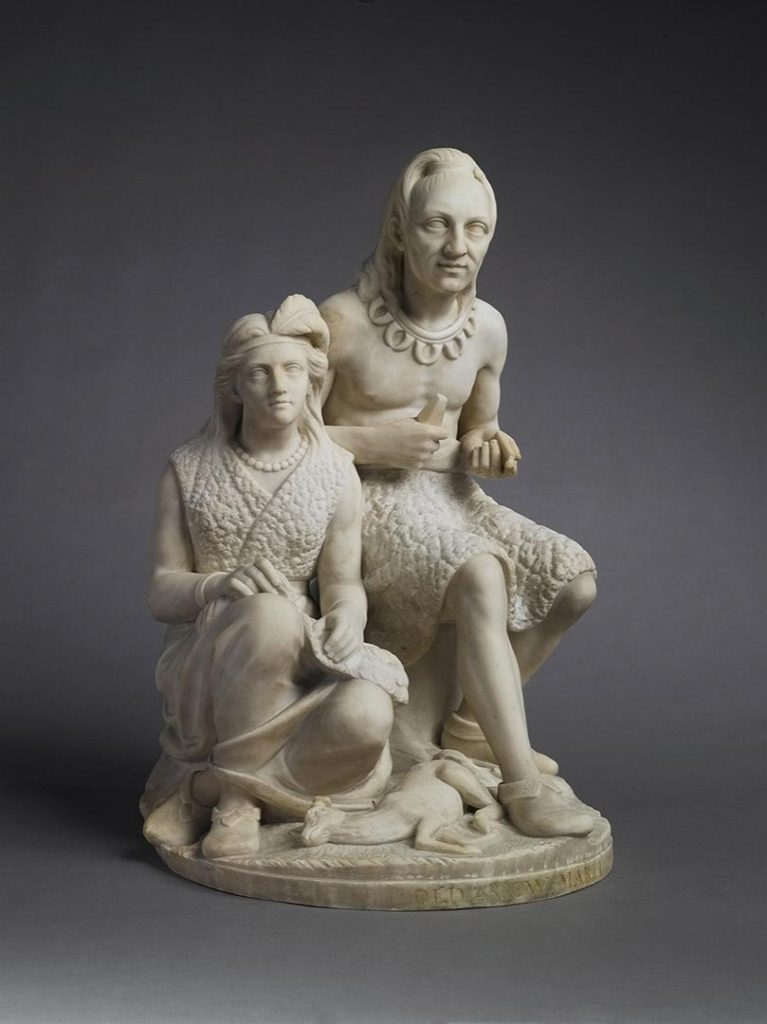Podcast: Play in new window | Download
Subscribe: Apple Podcasts | Email | TuneIn | RSS
This episode best friends Megan & Milena get all-American with astronaut and physicist Sally Ride & late 19th century sculptor Edmonia Lewis
Sally Ride

How does one go from a budding professional tennis career to becoming the first American woman in space? Milena has you covered this episode. Wishing to literally and metaphorically leave our dumpster fire that is Earth (okay, specifically the United States), we’re going to space today.
I’ve discovered that half the people would love to go into space and there’s no need to explain it to them. The other half can’t understand and I couldn’t explain it to them. If someone doesn’t know why, I can’t explain it.
Milena falls into the latter camp despite Megan’s insistence they travel in space together. Like, come on Milena, I bet we can get a senior discount in 2060 for SpaceX
Edmonia Lewis

I was practically driven to Rome, in order to obtain the opportunities for art culture, and to find a social atmosphere where I was not constantly reminded of my color. The land of liberty had no room for a colored sculptor.
Edmonia to the New York Times in 1878
Life was hard for the first internationally recognized African-American sculptor. Born about 1844 to a West Indies father and Chippewa mother, Edmonia Lewis faced constant discrimination throughout her life. Undeterred, Edmonia accomplished a successful fine arts career that brought her world wide acclaim.
Today we cover how she navigated blatant sexism and racism, crafting a public persona that capitalized on her audiences inherent biases.
Selected Work






- Chippewa/Ojibwe – Native American tribe Edmonia’s mother belonged to
- Oberlin College – First predominately white college to admit African American men, then later women, making it the first American coed college
- Edward Brackett – Boston sculptor Edmonia learned under in the early 1860’s
- John Brown – Radical abolitionist that was ultimately hung for treason over an attempt to steal US munitions and free slaves
- Neoclassical art – Style Edmonia worked with, think of stuffy marble busts of dead wealthy white guys
- White Marmorean Flock – Group of American women sculptors working in Rome in the mid to late 19th century
- Grand Tour – What the wealthy did – tour across Europe and visit the ‘must see’ cultural spots, like writers and artists studios
- Smithsonian American Art Museum – Has 8 of Edmonia’s work within their collection
- Henry Wadsworth Longfellow – Dude who wrote the popular 1855 epic poem The Song of Hiawatha
Wanna know more? Always a book for that (usually) (or article)
Celeida Tostes by editors Marcus de Lontra Costa & Raquel Silva. Available to read for free, this is a great collection of essays in both Portuguese and English
Child of the Fire: Mary Edmonia Lewis and the Problem of Art History’s Black and Indian Subject by Kirsten Pai Buick
Edmonia Lewis: Wildfire in Marble by Rinna Evelyn Wolfe
As always, music by EeL
